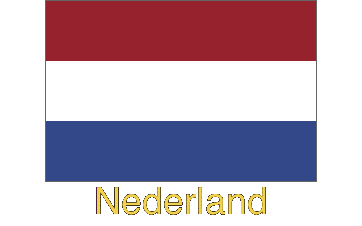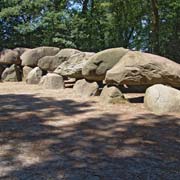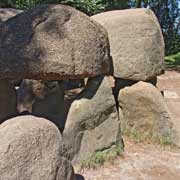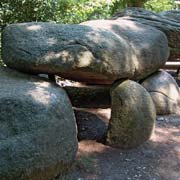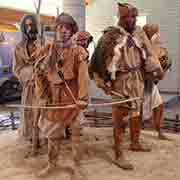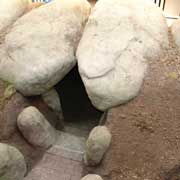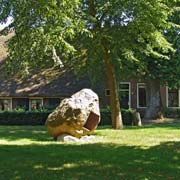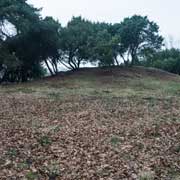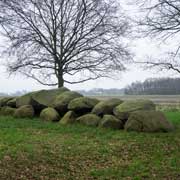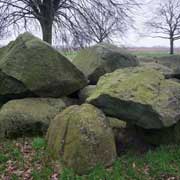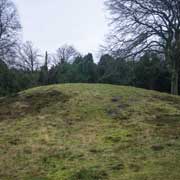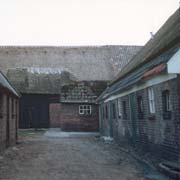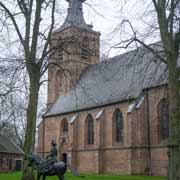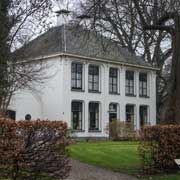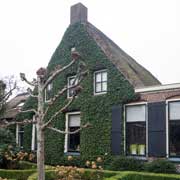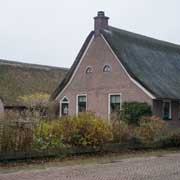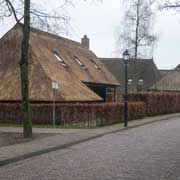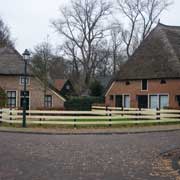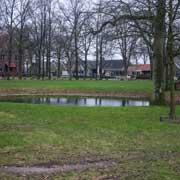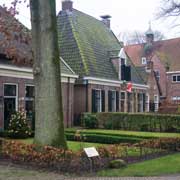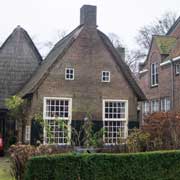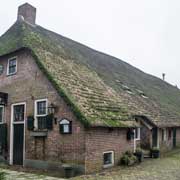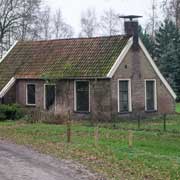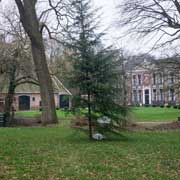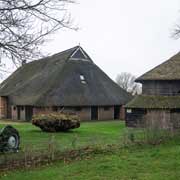Photos of the Province of Drenthe, the Netherlands
The Province of Drenthe
Drenthe, in the north-east of the country, is bordered by Overijssel to the south, Friesland to the west, Groningen to the north, and Germany to the east. It has an area of 2,680 km² and has almost 490,000 inhabitants. It was long considered the most remote and poorest region of the Netherlands, a low plateau with many raised peat bogs and farms.
you may then send it as a postcard if you wish.
Since medieval times Drenthe has been a sparsely populated rural area and even today, though certainly not poor, it is a mainly agricultural province with some industry in the capital city of Assen and in the town of Emmen. It is a province of great beauty, best to be explored by bicycle, with its woods, moors, picturesque villages and farms with their old thatched farmhouses.
Drenthe has been populated since prehistoric times; artifacts dating back 150,000 years have been found here and it was actually one of the most densely populated areas of the Netherlands until the Bronze Age. The best known evidence of prehistoric occupation are the dolmens ("hunebedden") built around 3500 BCE and attributed to the "Funnel Beaker" people, named after their clay work pottery who lived here during the Neolithic period (roughly between 5300 and 2000 BCE). These hunebedden were almost certainly grave monuments constructed from large boulders (transported here by glaciers during the ice age), some of them weighing over 25 tons! There are 54 of these hunebedden in the Netherlands, with 53 of these in Drenthe, concentrated in the northeast of the province with the largest in the small town of Borger. There is also a very interesting information centre and museum here.
Drenthe was first mentioned in a document from the year 820, it was called Pago Treanth (district Drenthe), possibly deriving from "thrija-hantja" (meaning "three lands"). The region was long a subject to the bishopric of Utrecht, until in 1528 it was ceded to Emperor Charles V, who incorporated it into the Habsburg Netherlands. In 1581 the Republic of the Seven United Provinces was declared and Drenthe became part of it, although because of its poverty it only gained provincial status on the first of January 1796.
Dwingeloo is a very well preserved traditional "brinkdorp" village halfway between Meppel and Assen and is known internationally because of the radio telescope of the Dwingeloo Radio Observatory (which at the time of its completion in 1956 was the largest radio telescope in the world), located on the edge of the Dwingeloo Heath, 3 kilometres south of the village. It is a very picturesque region.


